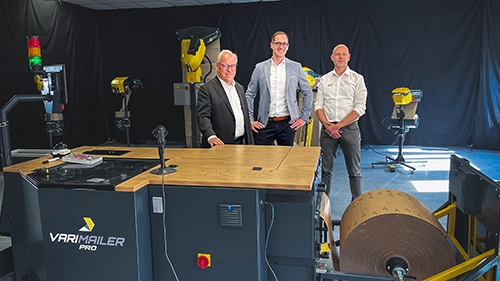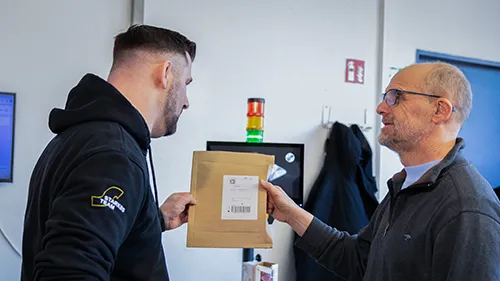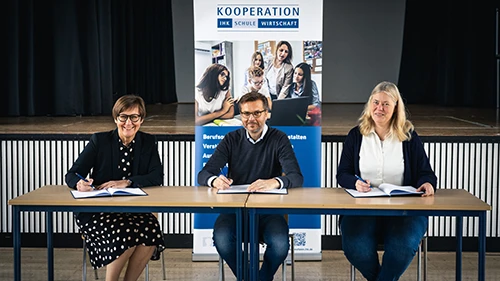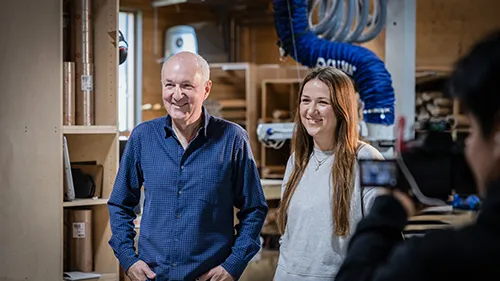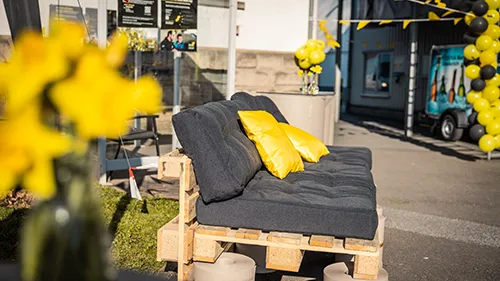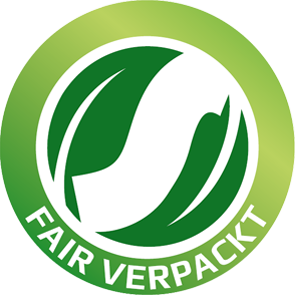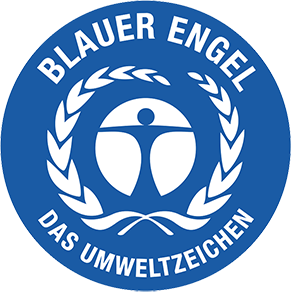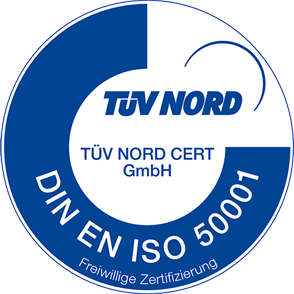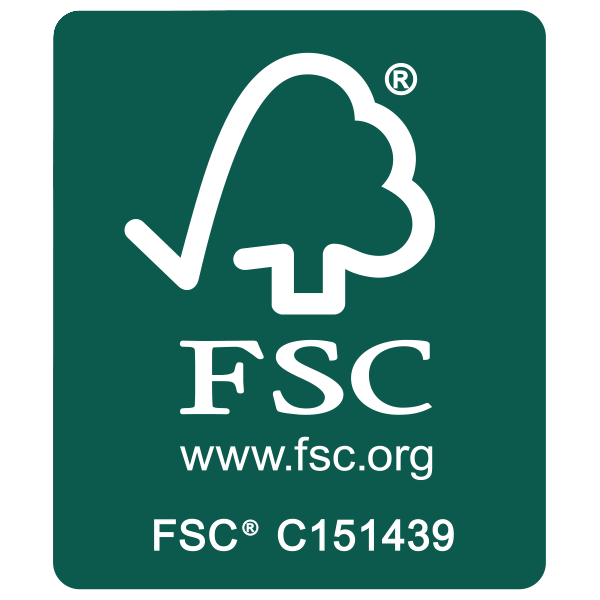SPRICK INSIGHTS: The LogisticCity in Nuremberg is the logistics center of the Hoffmann Group, which was put into operation at the end of 2021. As a market-leading partner for quality tools, the company provides products to more than 135,000 customers worldwide. The increased output of the highly automated LogisticCity was the driving force behind a fundamental reorientation in the field of cushioning materials. To meet the new requirements of the packaging process, Papier Sprick supplied a demand-oriented and efficient solution with the PaperJet® paper cushioning system.
The LogisticCity in Nuremberg is the logistics center of the Hoffmann Group, which was put into operation at the end of 2021. As a market-leading partner for quality tools, the company provides products to more than 135,000 customers worldwide. The increased output of the highly automated LogisticCity was the driving force behind a fundamental reorientation in the field of cushioning materials. To meet the new requirements of the packaging process, Papier Sprick supplied a demand-oriented and efficient solution with the PaperJet® paper cushioning system.
120,000 different catalog items, 80 packing stations and up to 40,000 packages per day – the LogisticCity presents complex demands for a packaging solution. Before the LogisticCity was built, the Hoffmann Group used foil cushions as padding material.
THE PAPERJET® SUCCEEDED IN TESTING
Jörg Kaschny, Papier Sprick’s sales manager, was there from the start of the test phase to support and advise. “This reliable service was very valuable for us,” says Karg. “With Mr. Kaschny, we have a central contact who takes care of all matters.” The test setups were accompanied by packing training sessions. Here, Kaschny informed the employees about cushioning and packaging options, carton sizes and the workflow.
SHORT SET-UP TIME, VERSATILE CUSHIONING
By integrating the PaperJet®, the workflow was optimized as a whole. Today, a total of 80 machines are placed in both the small and large packaging departments. In the small packaging department, the PaperJet® produces cushions in a dispenser at the packing table, while in the large packaging department, the employees remove the cushions directly from the machine. The central pre-production of foil pads and subsequent distribution to the packing stations has thus been replaced. “Packing is now much more flexible than before,” says Scholz. The freely selectable cushion lengths make it possible to fill voids with a precise fit.
Jörg Kaschny, Papier Sprick’s sales manager, was there from the start of the test phase to support and advise. “This reliable service was very valuable for us,” says Karg. “With Mr. Kaschny, we have a central contact who takes care of all matters.” The test setups were accompanied by packing training sessions. Here, Kaschny informed the employees about cushioning and packaging options, carton sizes and the workflow.
SHORT SET-UP TIME, VERSATILE CUSHIONING
By integrating the PaperJet®, the workflow was optimized as a whole. Today, a total of 80 machines are placed in both the small and large packaging departments. In the small packaging department, the PaperJet® produces cushions in a dispenser at the packing table, while in the large packaging department, the employees remove the cushions directly from the machine. The central pre-production of foil pads and subsequent distribution to the packing stations has thus been replaced. “Packing is now much more flexible than before,” says Scholz. The freely selectable cushion lengths make it possible to fill voids with a precise fit.
“The short set-up time is a crucial point which makes the PaperJet® so attractive. We now switch the material pallet every 3 to 4 weeks per workstation. This means a considerable time saving compared to the previous 1 to 2 roll changes of foil material per day,” says Karg. This is made possible by the ComPackt® endless pallet in a space-saving fanfold which offers 7,600 meters of recycled paper on a small footprint.
THE PACKAGING SOLUTION AS CIRCULAR ECONOMY
The Hoffmann Group pursues the idea of sustainability not only in its choice of cushioning material. “We generate 600 tons of paper waste annually, the majority from incoming goods,” explains Karg. Previously, the waste was collected in several presses, which were then picked up separately for disposal. Now the waste paper is pressed in the company’s own baling press. Papier Sprick can use the bales produced in this way to manufacture more paper for the PaperJets® used in the LogisticCity in the course of regular material deliveries at its own paper mill in Diemelstadt. These bales can be used by Papier Sprick to produce more paper for the PaperJets® used in the LogisticCity. This is done at the Papier Sprick paper mill in Diemelstadt and provided through the regular material deliveries.
The Hoffmann Group pursues the idea of sustainability not only in its choice of cushioning material. “We generate 600 tons of paper waste annually, the majority from incoming goods,” explains Karg. Previously, the waste was collected in several presses, which were then picked up separately for disposal. Now the waste paper is pressed in the company’s own baling press. Papier Sprick can use the bales produced in this way to manufacture more paper for the PaperJets® used in the LogisticCity in the course of regular material deliveries at its own paper mill in Diemelstadt. These bales can be used by Papier Sprick to produce more paper for the PaperJets® used in the LogisticCity. This is done at the Papier Sprick paper mill in Diemelstadt and provided through the regular material deliveries.

